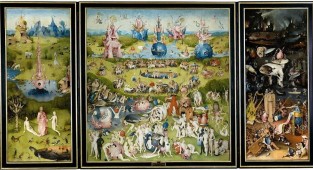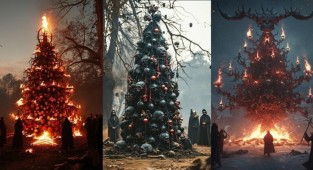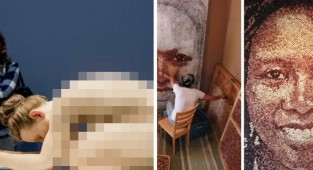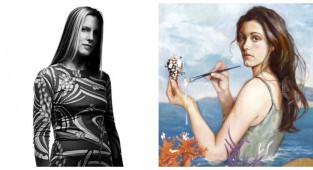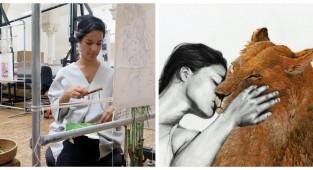Famous paintings that were censored and even banned (14 photos)
Today, all these paintings are recognized works of art and very important cultural heritage. Therefore, it is difficult for a modern person to imagine that they were subjected to strict censorship. And some of these paintings were strictly prohibited! They evoked too many emotions. But, as they say, in front of true masterpieces all prohibitions are powerless. 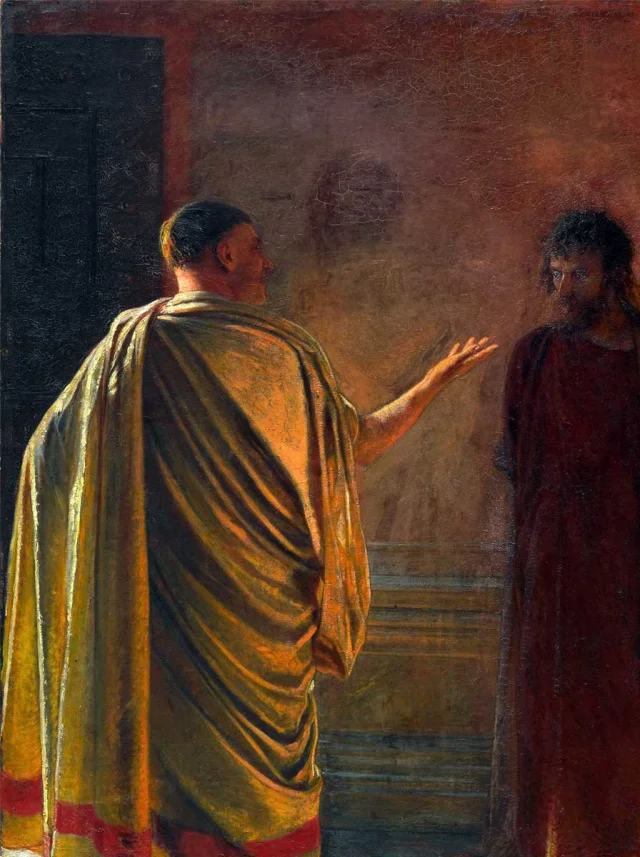
"The Last Judgment" by Michelangelo Buonarroti, 1541 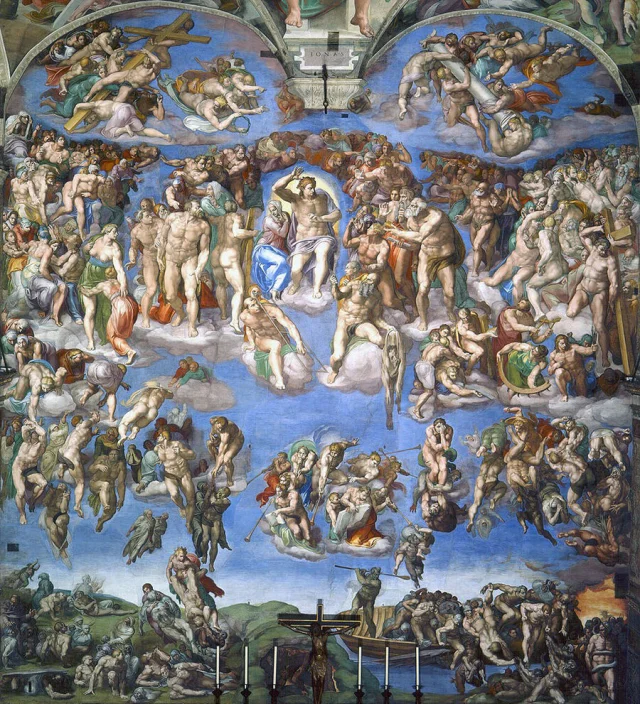
Not a painting, but a fresco “The Last Judgment” adorned the altar wall of the Sistine Chapel. The customer, Pope Paul III, was pleased with the work, but his delight was not shared by the inquisitor, Cardinal Corafa. The nudity depicted in the fresco caused indignation and anger in the latter. Having already become Pope, the cardinal ordered the destruction of the work, but his plan was not allowed to come true. The next Pope, Pius IV, ordered the private parts of the fresco to be covered by painting the folds of the fabric.
“Ivan the Terrible and his son Ivan November 16, 1581”, Ilya Repin, 1885 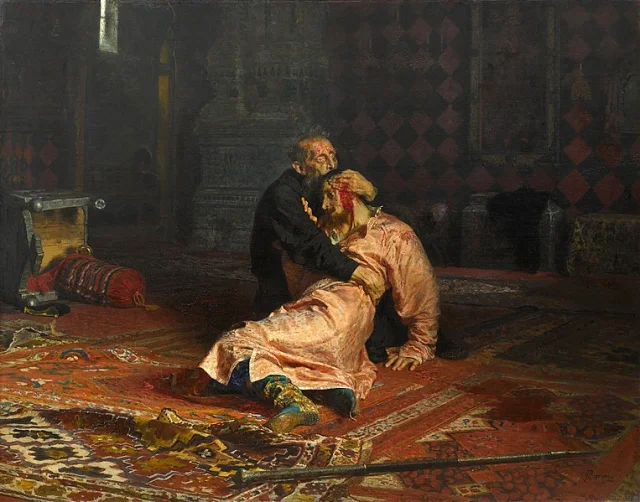
The whole world knows the picture called “Ivan the Terrible kills his son.” When Repin presented the finished painting to Emperor Alexander III, he and his family did not like the plot and the naturalistic and emotional image itself. In this regard, on April 1, 1885, the painting was banned, becoming the first artistic work to be censored in the Russian Empire.
“What is truth?”, Nikolai Ge, 1890 
The painting by artist Nikolai Ge caused a negative response from the church and authorities. The work provoked a serious resonance due to the unusual lighting solution. Jesus depicted on it was in the shadows, and Pilate was bathed in bright rays of light, although in artistic culture light is used to depict holiness, and darkness is an image of evil. The Holy Synod and the government did not like the painting so much that it was almost immediately removed from the exhibition. Now the canvas is in the Tretyakov Gallery, rehabilitated at the request of Leo Tolstoy himself.
"Les Demoiselles d'Avignon", Pablo Picasso, 1907 
This picture shocked the public. What exactly, you ask? Well, of course, an overly frank depiction of brothel workers. The viewer did not like the bright, aggressive sexuality, which is why Picasso was forced to remove the painting from the exhibition and hid it in the recesses of his studio for many years.
“Distribution of Food”, Ivan Aivazovsky, 1892 
The most famous painting by Aivazovsky is “The Ninth Wave”. But not everyone has heard about the work “Distribution of Food.” This is understandable, because the government and Nicholas II himself did not like the picture, as a result of which it was banned. The plot of Ivan Aivazovsky’s work is dedicated to the delivery of American humanitarian aid to the then distressed Middle Volga and Black Earth regions. After visiting the USA, the artist donated the work to the Washington Gallery.
"Saint Christopher", 17th century 
The icon depicting St. Christopher, also known as the Psoglavets, was not the only one of its kind. Although, according to legend, Christopher really had the head of a dog, the church considered such an image of the young man “contrary to nature.” In the 18th century, almost all paintings depicting the saint were destroyed, banned or rewritten.
"Assumption of the Virgin Mary", Michelangelo Caravaggio, 1604-1606 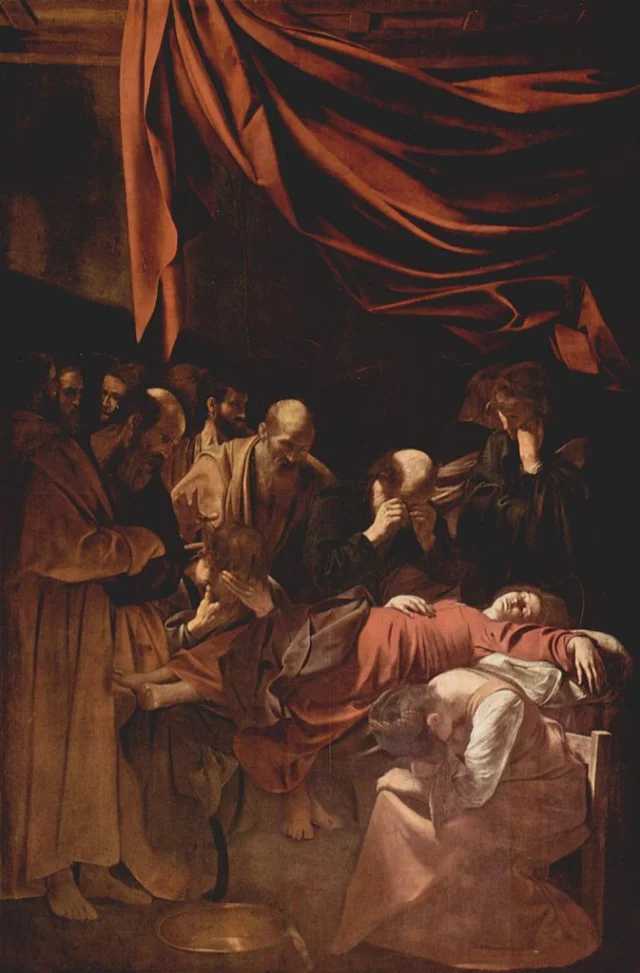
This traditional scene depicting the death of the Virgin Mary was commissioned from Caravaggio for the church of Santa Maria della Scala. The artist took the order too literally and depicted the saint as dead in the most prosaic sense. The customers were outraged by the swollen body, deathly color of the skin and dirty feet of the Virgin Mary, whose body in the picture they wanted to see incorruptible, as if she had just fallen asleep. The painting was rejected by the clergy, and a little later it was acquired by the Duke of Mantua.
“Rural religious procession for Easter”, Vasily Perov, 1861 
Perov's painting is one of the most scandalous works of its time. Princess Maria Nikolaevna herself threatened the artist with exile for depicting representatives of the clergy in an unsightly form that discredited the church. The princess literally ordered the work to be destroyed. But the decree was never carried out, because the merchant Tretyakov managed to purchase the painting for his personal collection.
“Housewarming, or Working Petrograd”, Kuzma Petrov-Vodkin, 1937 
The presented painting was the last large-scale work of the artist. Not only workers are depicted here, but also a commissar in a military suit, an old peasant, soldiers returning from the front, women and their children. Time of action: spring 1922. A working family receives new housing, and its former owners, factory owners or bankers, have fled abroad.
The canvas demonstrated the process of transition of the Leningrad proletariat to peaceful construction, its infusion into the new Soviet society. The commission repeatedly refused the artist’s request to put the painting on public display due to the ambiguity of the interpretation of the plot.
"Saint Matthew and the Angel", Michelangelo Caravaggio, 1602 
The painting was painted by an artist commissioned by the church. However, the customers were not satisfied with the work, since the apostle depicted on it appears with dirty bare feet. In addition, the preacher looks illiterate, because even the angel himself helps him write, holding the pen in his hand. The church refused the work, and Caravaggio, in need of money, painted a new painting, taking into account all the edits. The original source itself was lost in 1945 during the storming of Berlin. The fate of the painting is unknown to this day. The work is probably kept in someone's private collection
“Princess Dreams”, Mikhail Vrubel, 1896 
This panel was commissioned from Vrubel for the Nizhny Novgorod All-Russian Exhibition. After seeing the sketch of the work, event curator Alexandre Benois immediately sent a telegram to the jury, calling the work “terrible” and calling for it to be removed immediately. Academicians arrived at the exhibition and unanimously decided to remove the panel. Later the panels were completed and exhibited in Moscow.
"Holy Trinity", fresco from the Church of St. Agatha, 13th century 
The mixed-hypostatic “Holy Trinity” is not a painting in the usual sense. This is an icon depicting the three faces of the Lord - the Father, the Son and the Holy Spirit. The bold work literally outraged the public and Pope Urban VIII himself. The work was called heretical, blasphemous and obscene. In Europe the icon was banned in 1628, and in Russia in 1764.
“Consecration of the monopoly” (Prayer in the breech), Nikolai Orlov, 1894 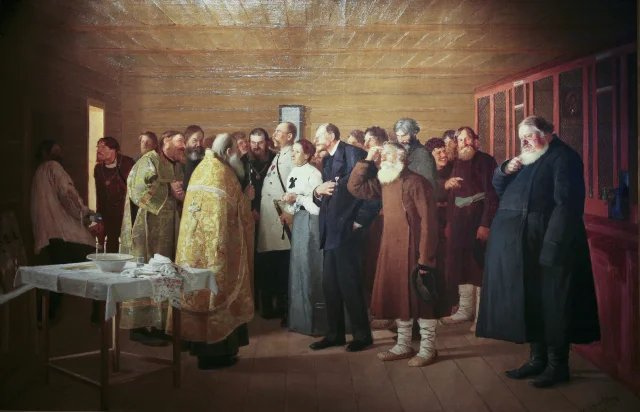
In the scandalous picture, Orlov depicted the consecration by church ministers of a newly opened establishment, where the sale of alcohol was also allowed. The artist demonstrated his work at an exhibition in 1904. However, the work was received coldly; it was immediately called “obscene” and demanded to be removed.
Maxim Gorky tried to purchase the painting from Orlov, but he had financial problems. Then Orlov, in dire need of money, began looking for buyers among collectors, but never found anyone willing to purchase the painting. Suddenly, an American named Greenwald became interested in the work. Orlov, encouraged by the good news, gave the painting away, but never received payment for it; the buyer simply disappeared along with the artist’s work.
“Protodeacon proclaiming longevity at merchant name days”, Nikolai Nevrev, 1866 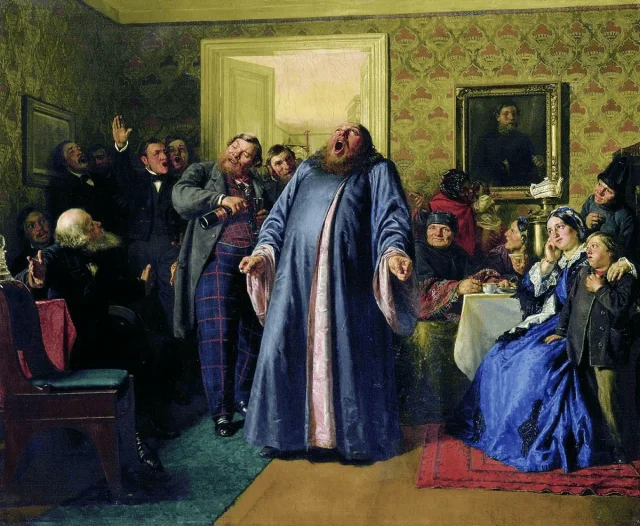
The painting was not actually banned, but at the time it was painted, the author was constantly reminded that his work was immoral and looked more like a crude caricature than a work of art. Such a realistic depiction of the clergyman’s emotions, as well as his far from ascetic physique, caused serious indignation in Orthodox society.


